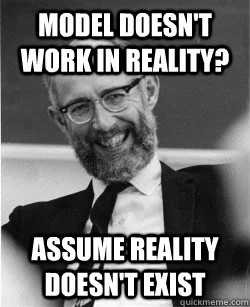LEARNING OBJECTIVES
Experimental Design
- Identify and classify experimental variables as independent, dependent or controlled.
- Make qualitative (non-mathematical) predictions about the relationship between variables
- Record the procedure used to gather data from the apparatus.
- Construct and label a data table.
Data Collection
- Select appropriate measuring devices
- Consider accuracy of measuring device and significant figures.
- Collect data for the widest reasonable range of independent variable values.
- Use metric units, conversions and prefixes.
Mathematical Modeling
- Use Desmos to perform graphical analysis of data.
- Write mathematical representations, in standard y = mx + b form, for linearized data.
- Replace y and x with dependent and independent variable names.
- Replace m and b with constants including units and provide interpretations for the physical significance of the slope and y-intercept.
- Relate mathematical and graphical expressions.
- Use proportional reasoning in problem solving.
VIDEO
Lab Safety
GPB: Scientific Method
Significant Figures
Scientific Notation
Graphing Guide
Graphing Line of Best Fit in Desmos
What is a Mathematical Model?
Common Math Models Used in Physics
Dimensional Analysis
Metric & Double Conversions
Operations with Scientific Notation
Unit Conversions with Cubed Units
SIMS
